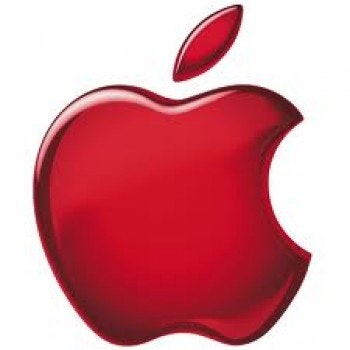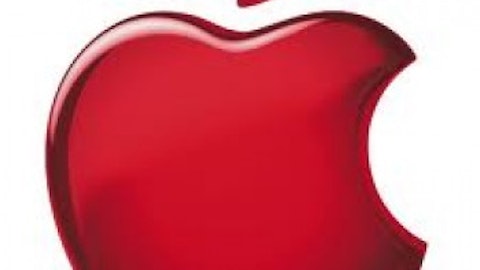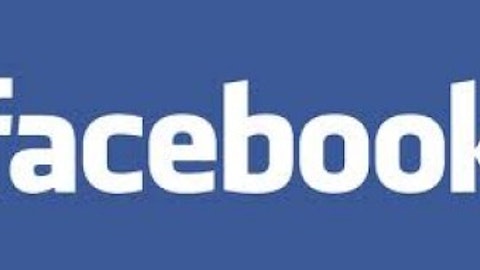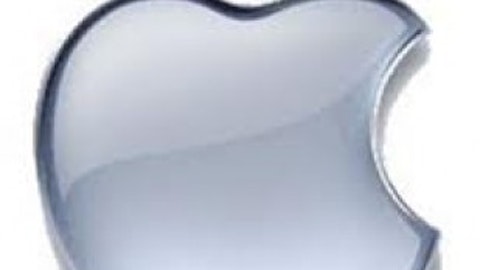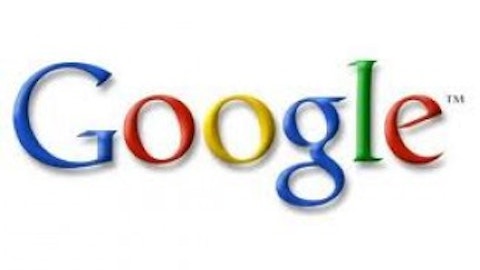This Monday saw a brief respite for investors as Apple Inc. (NASDAQ:AAPL) rose by $9.95, or 2.3%, to $449.83. Apple groupies the world over probably felt a little relaxed after 5 months of watching the company spiral down into an abyss. While analysts were predicting a downturn for some time, surely no one could have predicted today’s price on
Sept. 19, 2012, when Apple reached a closing high of $702.10 and went as high as $705.07 that week. Then came the quarterly earnings results last week, targets dropped fearfully low and the actual price closed much lower- $439.88 on Friday. The launch of iPhone 5 on Sept. 21,
2012 didn’t help the stock price much, although earnings were good. The title of the ‘most valued company’ that Apple gained by surpassing the market capitalization of Exxon Mobile in 2011 has returned to the oil company. Exxon’s market capitalization now stands tall at $417.10 billion, while Apple has fallen to $412.3 billion in market capitalization.
Apple for the Lumpens? No way
Financial markets worldwide are driven by investor sentiment, and companies ignore that at their peril. The news that Apple is now working on a low budget iPhone for the middle-lower strata of the market was an unpleasant revelation. Apple products resonate with unparalleled levels of quality and style. I am willing to pay a premium for this. I once bought an iPod which was ridiculously expensive, but I bought it nevertheless and I loved it because it was Apple. That is the brand value that Apple enjoys. The decision to enter the low cost market is a realization of the threat by Apple CEO Tim Cook that the competition is catching onto them and that their products are no longer good enough. That is one way to look at it – the hardcore Apple fan way.
Drying up of the Inspirations
Then come the problems of stunted growth and innovation. Apple needs to focus on bringing new, unique products into the market. Focusing on creating upgrades for existing versions alone cannot safeguard their market share. The competition is not doing that if you count them together. As a whole, they are being very innovative with their Galaxy Notes, or their Ultrabooks. Microsoft Corporation (NASDAQ:MSFT)’s Windows 8/RT may not have taken off to a great start, but the concept is novel. As I have mentioned elsewhere, looking at content is not going to be the future of smartphones and tablets. Creating content is where the future is, and Microsoft’s is the first important effort to create a tablet that can actually create content. The concept of a touchscreen laptop-cum-tablet that can work as both at the touch of my hand is an important innovation. I will wait until they come up with a better product, but eventually I will prefer something like that. On my iPad, all I can do is look at stuff–I can’t create.
Rules aren’t meant to be broken, not so inconsistently
And then there are the inconsistent policies. The recent uproar over the Vine app created by Twitter is a good example of this. While Apple has blocked several small application developers from allowing adult content on their apps, the Vine app created by Twitter for the iPhone and compatible iPod versions was buzzing with adult content within minutes of its release. There was a time when Apple was threatened by none, but no longer. Last year Apple dropped Google Inc (NASDAQ:GOOG) maps from the iOS and replaced it with Apple Maps. It also announced that the iOS6 will not come with a preloaded YouTube app. Seems to me like a way to restrict Google’s efforts to deliver content to the growing number of mobile users. Not to forget the patent wars with Samsung that one hears of every single day!
Paired Trading
The eroded investor sentiments have consequently led to what is known as paired trading, a phenomenon which had a huge role to play in the crash. This involves a person taking a long position in a stock that is expected to rise in value and the resulting risk is hedged by short selling those stocks which are expected to fall in value. Such paired trading has led to the rest of the market going comparatively higher while Apple continues with the downfall. Companies like Facebook, Dell, HP and Samsung, the Korean technology giant, have hugely benefited from this market activity, among other things.
Samsung is playing a hard game
SAMSUNG ELECT LTD (NASDAQOTH: SSNLF) is rallying largely because of the success of the Galaxy S family. The Samsung Galaxy S3 and the Note II Android phones are killing the competition because they give the user an environment similar to the iOS at a much lower price. The wide range of handsets and tablets has firmly established Samsung in every strata of society and given it tremendous scope for growth and innovation. Also, Samsung enjoys the benefits of backward integration as it owns the facilities where it develops various parts of the phones, like chips and screens. While Apple too has some facilities, it is dependent on other companies like Samsung, from where it sourced components like lithium batteries to make its iPhones. And the most profitable of all of Samsung’s strategies is its access to the Chinese market, where it owns 29% of the market share according to research firm IDC. Apple owns 21.8%, but does not have the strategic alliance with China Mobile, the world’s largest mobile carrier, that Samsung does. Apple has been a little too late in targeting the Chinese market.
The dubious boon of cash reserves?
While Apple reported flat earnings for the fourth quarter, Samsung’s profits have rocketed by 76% in the same quarter. Naturally Apple’s stock has fallen by almost 10% in the last four days and by almost 35% since it hit its all time high in September. The hopes of Apple dipping into its much spoken about cash reserves to brighten the situation doesn’t hold much value, because they are in foreign currency deposits in countries with lower tax rates. To use them in any way the US tax rates will become applicable, making their cash reserves a tad bit overplayed.
What I would buy
If you had to pick a tech stock I would suggest a buy on Samsung and on stocks like Intel Corporation (NASDAQ:INTC) and Google. Intel is the world’s largest semiconductor manufacturer, and while PC sales are in a decline, Intel still has opportunities in the emerging markets. It is also rapidly developing its processors and chip technologies for use in new age products like smartphones and tablets. The stock is cheap and offers a dividend of over 4.5%. While Google has seen a slump recently, it is a very good long term option too. It has almost doubled profits and tripled sales in the last 4 years. And it is expecting a 25% jump in profits for FY2013 over FY2012. Google owns a majority market share of cellular operating systems thanks to Android, making it the one company that need not fear the takeover of the computer by the mobile phone.
As for any existing exposure in Apple, I’d say sell 75% and hold 25%. For me Apple has reached its top and will not be reaching those heights anytime soon. However, news is going around that Apple will soon be using its cash reserves to conduct a $10 billion buy back operation. If this happens in a phased out and timely manner, Apple may be able to bounce back.
It has faced similar situations in the past, but we should still wait and watch.
The article How Rotten Is This Fruit? originally appeared on Fool.com and is written by Sujata Dutta.
Copyright © 1995 – 2013 The Motley Fool, LLC. All rights reserved. The Motley Fool has a disclosure policy.
